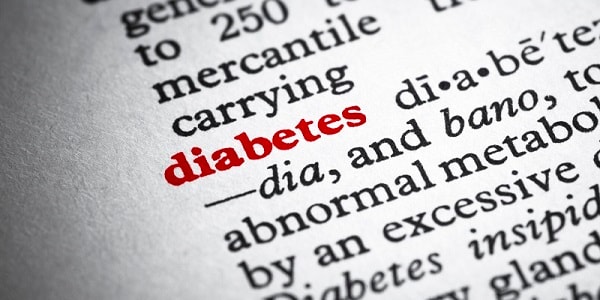American Heart Association
What are the benefits of heart-healthy eating?
Eating a heart-healthy diet is important for managing your blood pressure and reducing your risk of heart attack, stroke and other health threats.
Get quality nutrition from healthy food sources
Aim to eat a diet that's rich in:
- Fruits
- Vegetables
- Whole-grains
- Low-fat dairy products
- Skinless poultry and fish
- Nuts and legumes
- Non-tropical vegetable oils
Limit:
- Saturated and trans fats
- Sodium
- Red meat (if you do eat red meat, compare labels and select the leanest cuts available)
- Sweets and sugar-sweetened beverages
Be sure to work with the “chefs” in your household and plan together for any dietary changes that are needed. When cooking at home, try heart-healthy recipes. When dining out, look for healthy options.
Read the labels
By adopting the habit of reading food labels, you can choose foods more wisely. Watch for foods that have saturated fat or trans fat — factors that can raise your cholesterol. Eating foods that are high in sodium (salt) can increase blood pressure. Generally, the higher your salt intake, the higher your blood pressure.
Look for the Heart-Check mark
With so many marketing messages being thrown at you in the grocery store, it can be difficult to know what is truly healthy. To make it easier, the American Heart Association (AHA) developed the Heart-Check mark. When you see this symbol on food packaging, it means that the product meets AHA criteria for saturated fat, trans fat, and sodium for a single serving of the food product for healthy people over age 2. Learn more about the Heart-Check Certification Program
The DASH eating plan
As its name implies, the DASH (Dietary Approaches to Stop Hypertension) eating plan is designed to help you manage blood pressure. Emphasizing healthy food sources, it also limits:
- Red meat
- Sodium (salt)
- Sweets, added sugars and sugar-containing beverages











